NATURAL PARK OF CORNALVO |
This natural reservation near to the city of Merida, forms a part of the Net of Spaces Protegidosestá of Estremadura. It is located in the geographical center of this Community, in full hydrographic basin of the Guadiana. They water the rivers Albarregas and Aljucen, which are made way across Vermilion Saw, way of the old man Anas. Beyond, forming a part of the system can be observed the elevations San Pedro and Montánchez. His perimeter spreads among the limits of Aljucén, Guareña's municipalities, Merida, Mirandilla and San Pedro of Merida. His principal access is in Trujillanos's surroundings, where his Center of Interpretation, he contributes the most interesting information to the visitors quie they approach this singular place. The Meeting of Estremadura Nature reserve declared it in February, 1993. She occupies approximately 11.000 hectares. His original landscape was the Mediterranean forest, preserving original places, which are alternated with big surfaces converted to pasture He encloses in your interior one of two preys that were supplying of water Merida, that of Cornalvo, that repressing the waters of the Albarregas, he them was leading durante25 kilometres to the Roman capital. Your wall measures 220 of length, with a configuration lightly arched, proper of this type of hydraulic works. The tower of outlet, immersed in the waters, has 20 meters of height, being considered to be one of the important mas you act of the Roman engineering of the peninsula. The set was declared National Monument in December, 1912. |
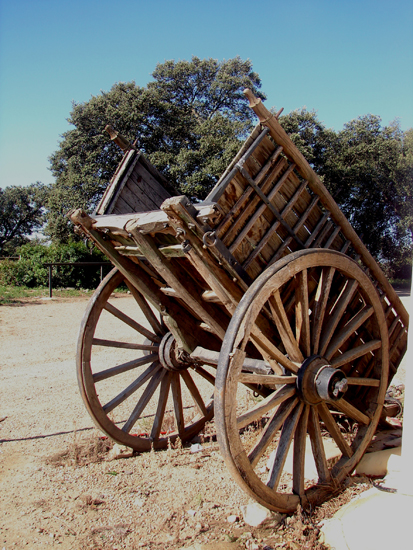 |
 |
 |
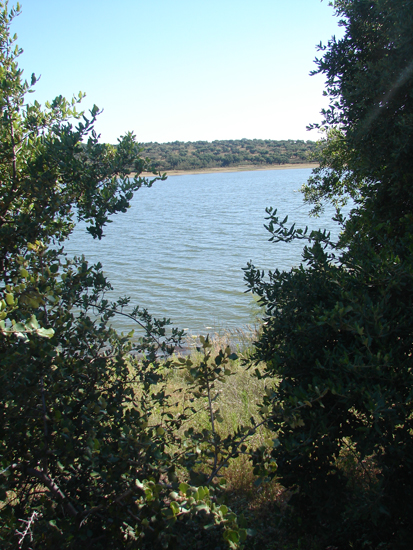 |
||||||
 |
 |
||||||||
 |
 |
||||||||
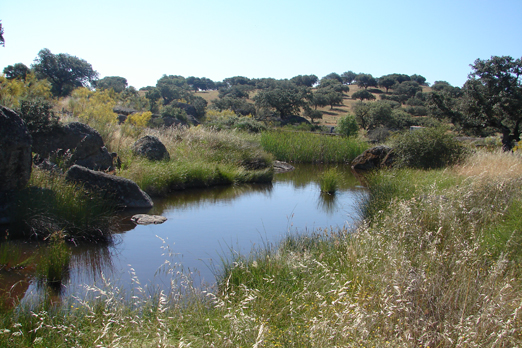 |
 |
 |
 |
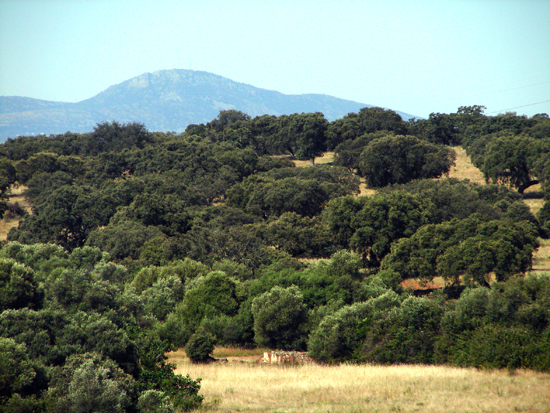 |
|||||
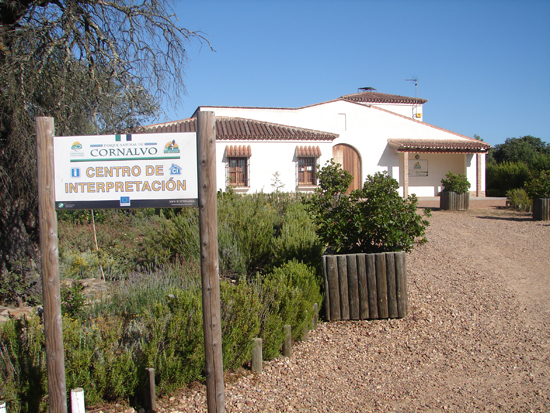 |
|||||||||
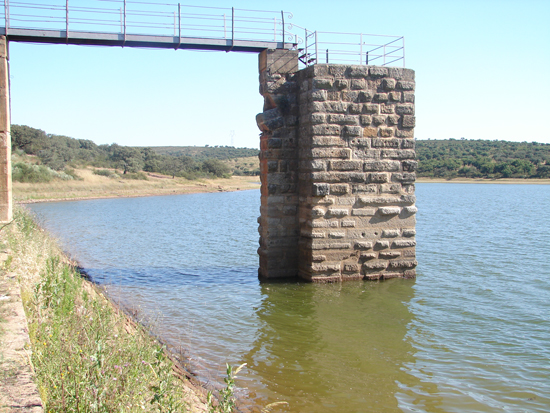 |
|||||||||
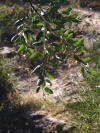 |
 |
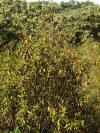 |
|||||||
LA FLORA De clima mediterráneo, sobresalen los bosques de alcornoques y encinas, acompañados de la típica y variada flora mediterránea. Destacan las zonas de dehesas, donde la mano del hombre a lo largo de los tiempos, aclaró el bosque alternando encinas y alcornoques con las superficies cultivables. En las zonas irrigadas por arroyos y charcas, se encuentran alamedas formadas por agrupaciones de chopos, fresnos y olmos, salpicados por especies de menor porte, como, brezos, orquídeas, tamujos y adelfas. |
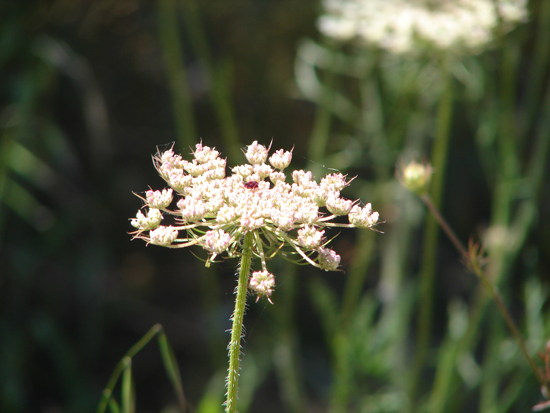 |
|||||||
| LA FAUNA
In the environment of the Roman reservoir they nest mas of 75 species different from birds, besides some others who visit her anually, he forms stationary. The zone is equally in mammals, amphibians, reptiles and poe asupyuesto. Between the above mentioned they find some endemic exclusive species of the Extremaduran rivers, as the jaramugo, the vogues and the linnets. Stands out the presence of the European Tortoise, of scanty presence in the peninsula, but with an out-standing colony in these lands. Others, as the Pink Gecko, the Culebrilla Ciega or the small lizard Colirroja, are easy to locate in the surroundings of the lake and of the creeks of the zone. The Toad Midwife together with the Iberian Newt and the Common Salamander they compete for the survival in diverse locations of the park. As for the mammals those of bats are abundant, and the specimens of Wildcat, Mongoose and Otter, it is last in an agreeable increase as for your presence in the rivers of the community. As for the birds, she stands out for your protagonism, though with small colonies, the Black Storks, the Elanio Azul and the Falcon Abejero. The White Storks are abundant in the zones converted to pasture of the park. There nest here lads like Eagles Culebrera, Causeways, Royal, Perdiceras and Upper seats on coach. There exist specimens of Royal Kites and Black. Also importance has this protected zone, as place of wintertime of great number anátidas and cranes. |
 |
 |
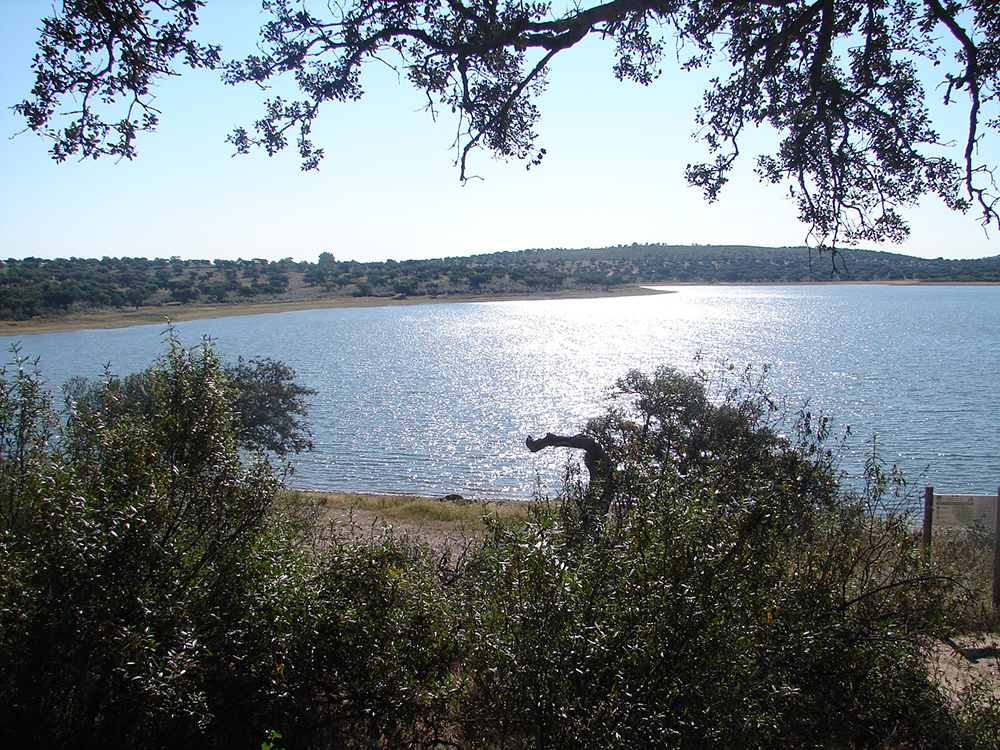 |
 |
 |
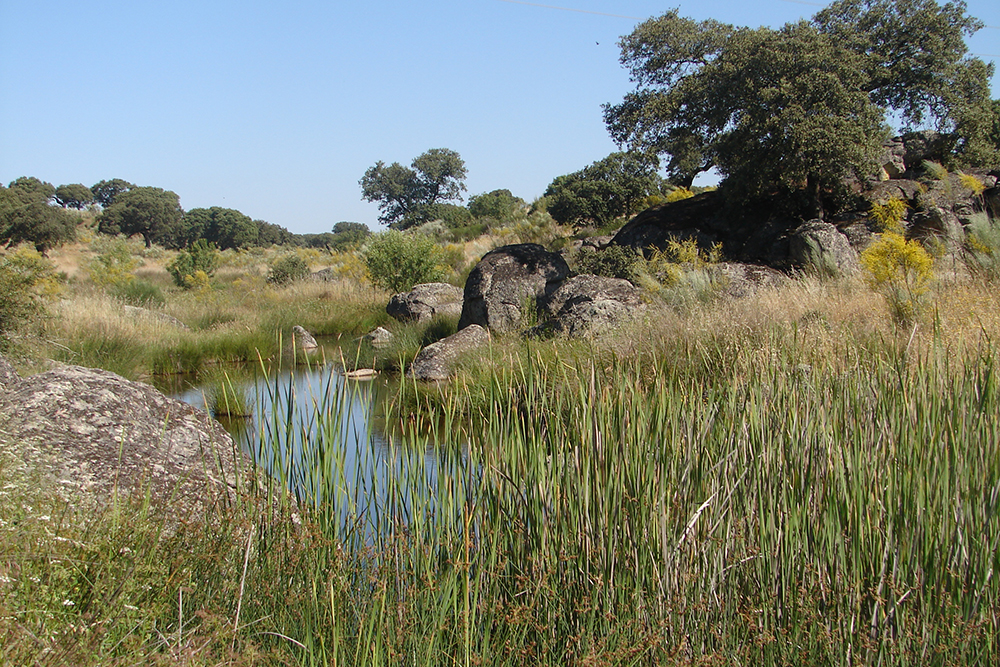 |
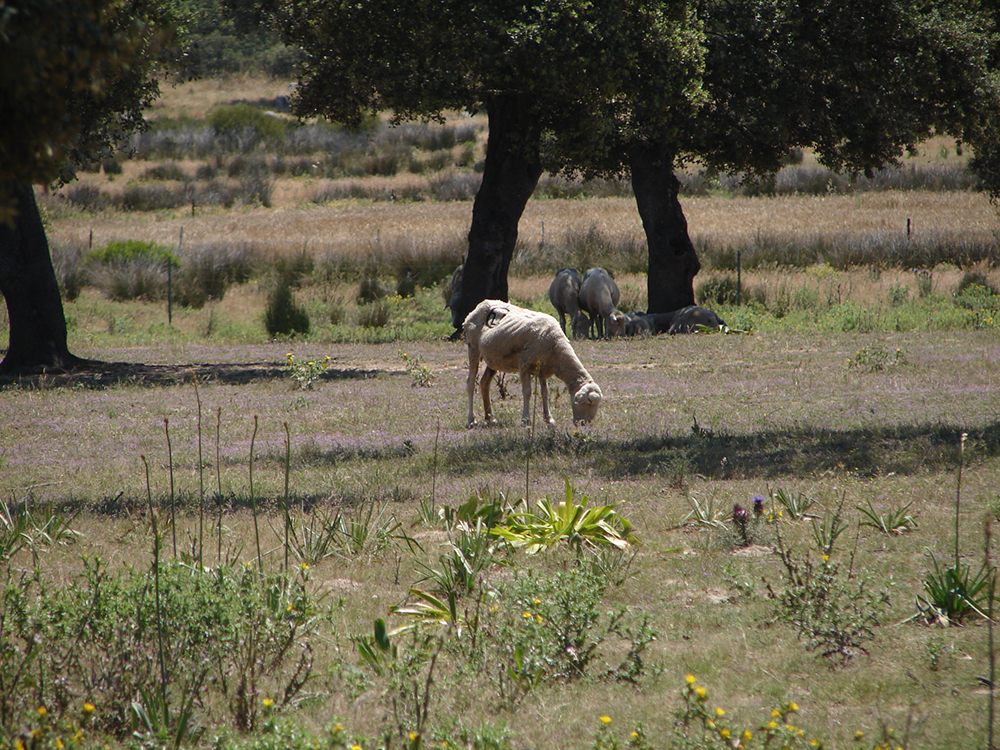 |
 |
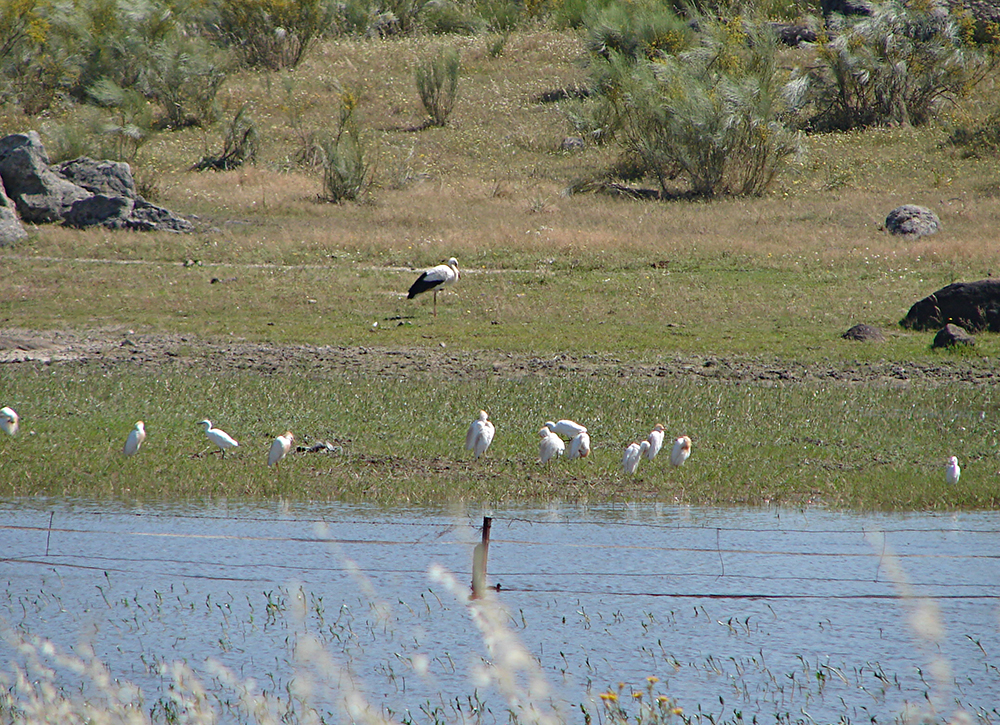 |
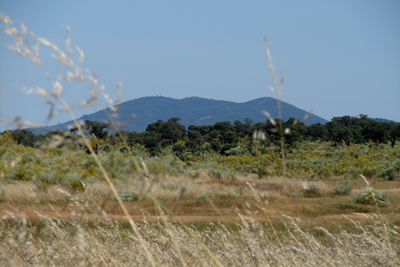 |
Ver mapa más grande | 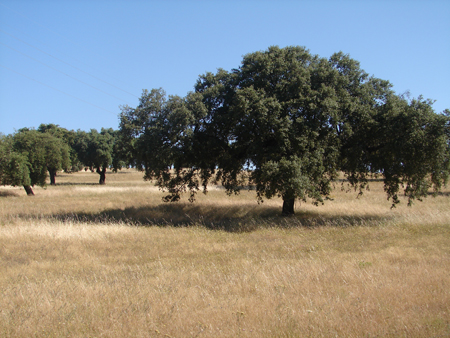 |
|---|
| For mas information, to see tríptico informatively pulsating here! | ||||||||